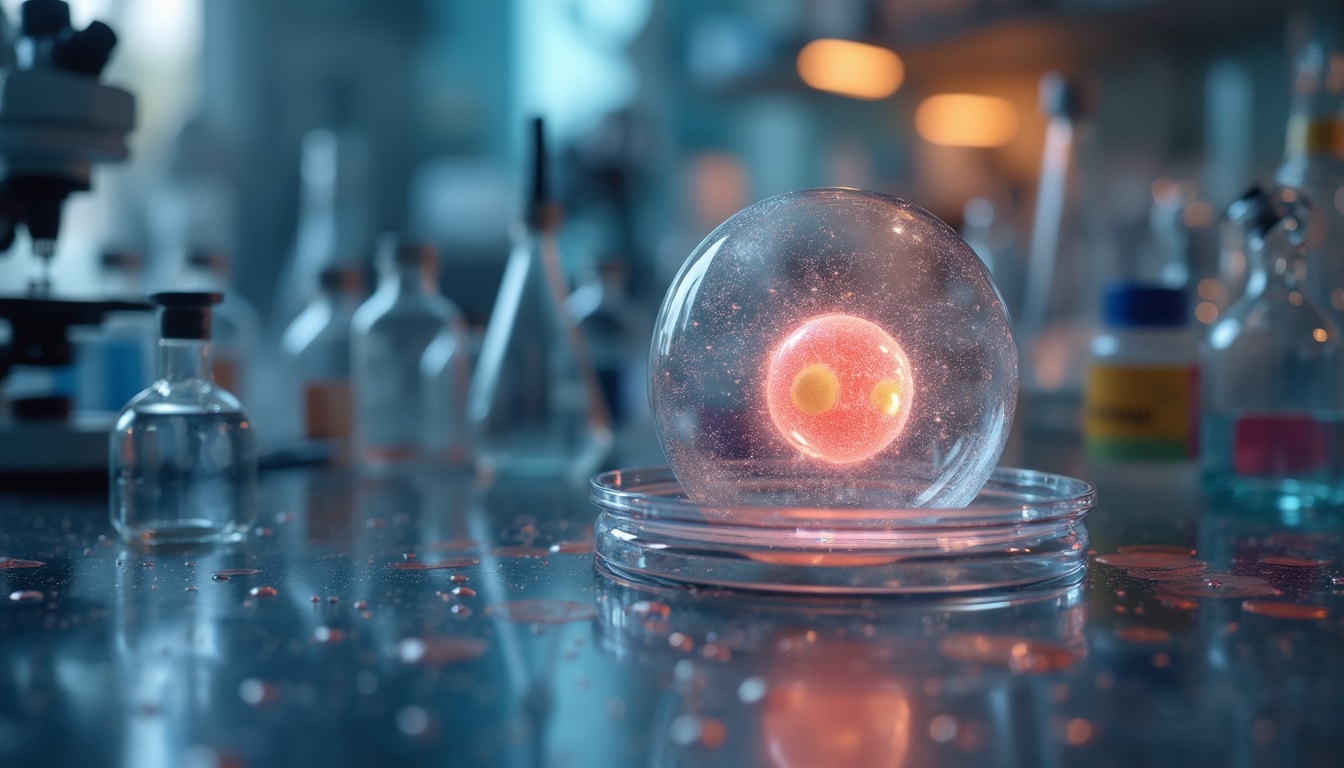Mitochondria, the energy hubs of our cells, possess their own mitochondrial DNA (mtDNA), crucial for function but prone to mutations. Intriguingly, oocytes, the precursors of egg cells, seem to have a mysterious resilience against the accumulation of these mutations, especially as humans age. Unlike other somatic tissues, where mutation frequencies increase with age, mtDNA mutations in oocytes stay fairly stable. This suggests an evolutionary adaptation in longer-lived species like humans, potentially through mechanisms that protect mtDNA in oocytes from damage. While the precise processes remain under investigation, it’s clear that mtDNA in oocytes is strategically shielded against harmful mutations, contributing to reproductive longevity. This phenomenon is even more pertinent today, with many choosing to reproduce later in life.

Table of Contents
Togglethe role of mitochondria in oocyte evolution
Mitochondria, known as the mighty powerhouses of cells, have a fascinating evolutionary history. These tiny organelles, resembling ancient symbiotic bacteria, merged with early life forms, giving rise to complex eukaryotic cells. Within the special realm of oocytes, these mitochondria have tailored protective mechanisms, ensuring the longevity and viability of life itself. The secrets they hold might be the key to understanding how certain cellular safeguards evolved. As it turns out, each mitochondrion, with its unique mitochondrial DNA, stands as a sentinel against the tides of mutation and aging.
Their story doesn’t end with energy production. In oocytes, these powerhouses wear the mantle of custodians, safeguarding genetic information. Interestingly, while the nuclear DNA often steals the spotlight in discussions of genetic resilience, it’s the less-studied mitochondrial DNA that harbors crucial insights. Oocytes, with their engines of life in pristine condition, may hold the answers to age-old questions about cellular longevity.
decoding mtDNA’s protective mechanisms
The tale of mitochondrial DNA in oocytes isn’t a simple one. We know that these cells possess a unique suite of defense mechanisms. Unlike other cells where mtDNA mutations multiply with age, oocytes demonstrate a remarkable resilience. Using advanced techniques like duplex sequencing, researchers are diving deep into this mystery. The goal: to identify the secrets behind this robust defense against mutations.
Emerging studies have highlighted intriguing frequency-dependent selection processes that offer a shield as oocytes age. In contrast to the rise in mutation rates observed in somatic tissues, this protective phenomenon in oocytes underscores the evolutionary value of safeguarding potential progeny. This raises a tantalizing question: can the protective attributes of oocytes be translated into a broader advantageous context, securing mitochondrial integrity across various cell types?
what this means for human reproduction
In the larger narrative of human reproduction, the resilience of mtDNA in oocytes takes center stage. The discovery that mutation frequencies remain low in these cells brings hope. It suggests a natural safeguard within the germline that ensures healthier offspring, even as humans increasingly postpone childbearing. Research suggests that this may be nature’s way of mitigating the consequences of reproduction at advanced ages.
Such groundbreaking findings open doors to fascinating possibilities in reproductive science. By unraveling the mysteries of mitochondria within oocytes, we edge closer to potentially extending these protective benefits to other tissues. As collaboration between disciplines deepens, our understanding of cellular longevity and mtDNA integrity will undoubtedly expand, paving the way for innovative therapies and strategies in human health.





